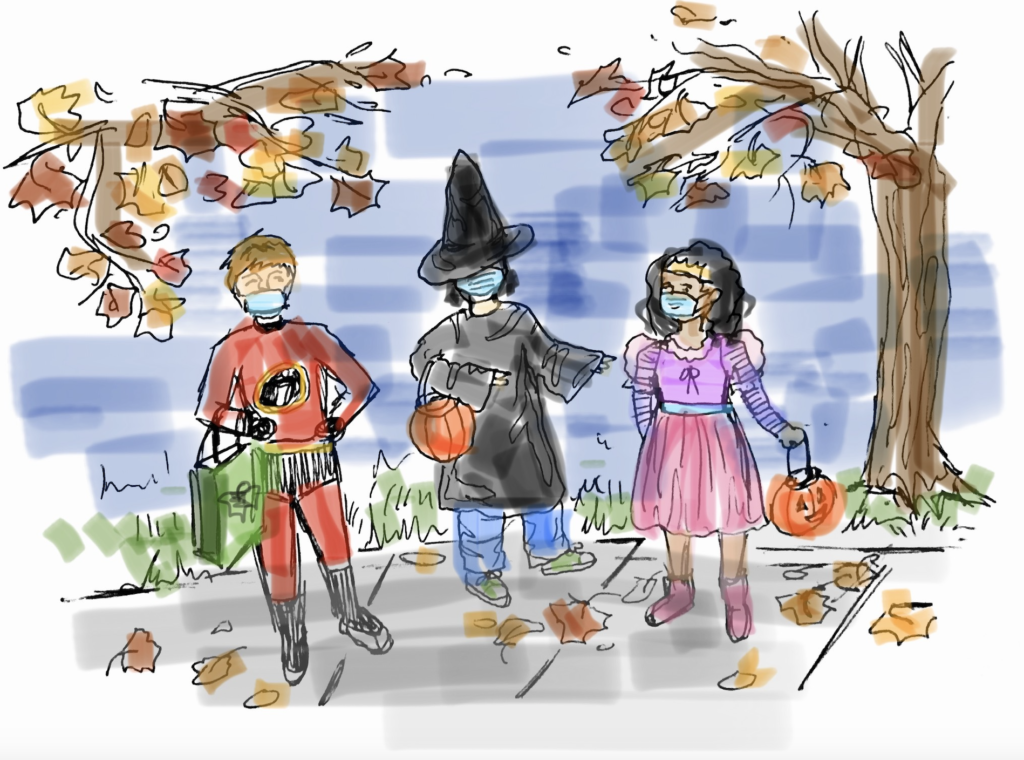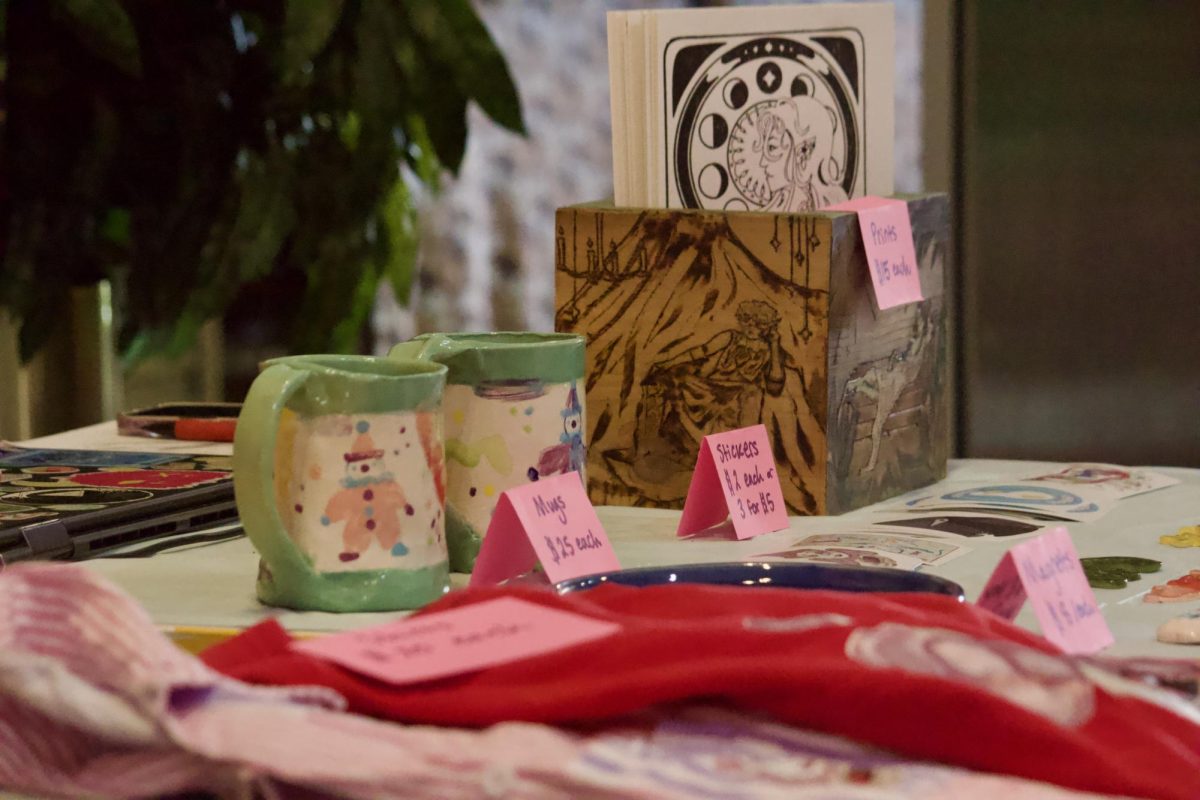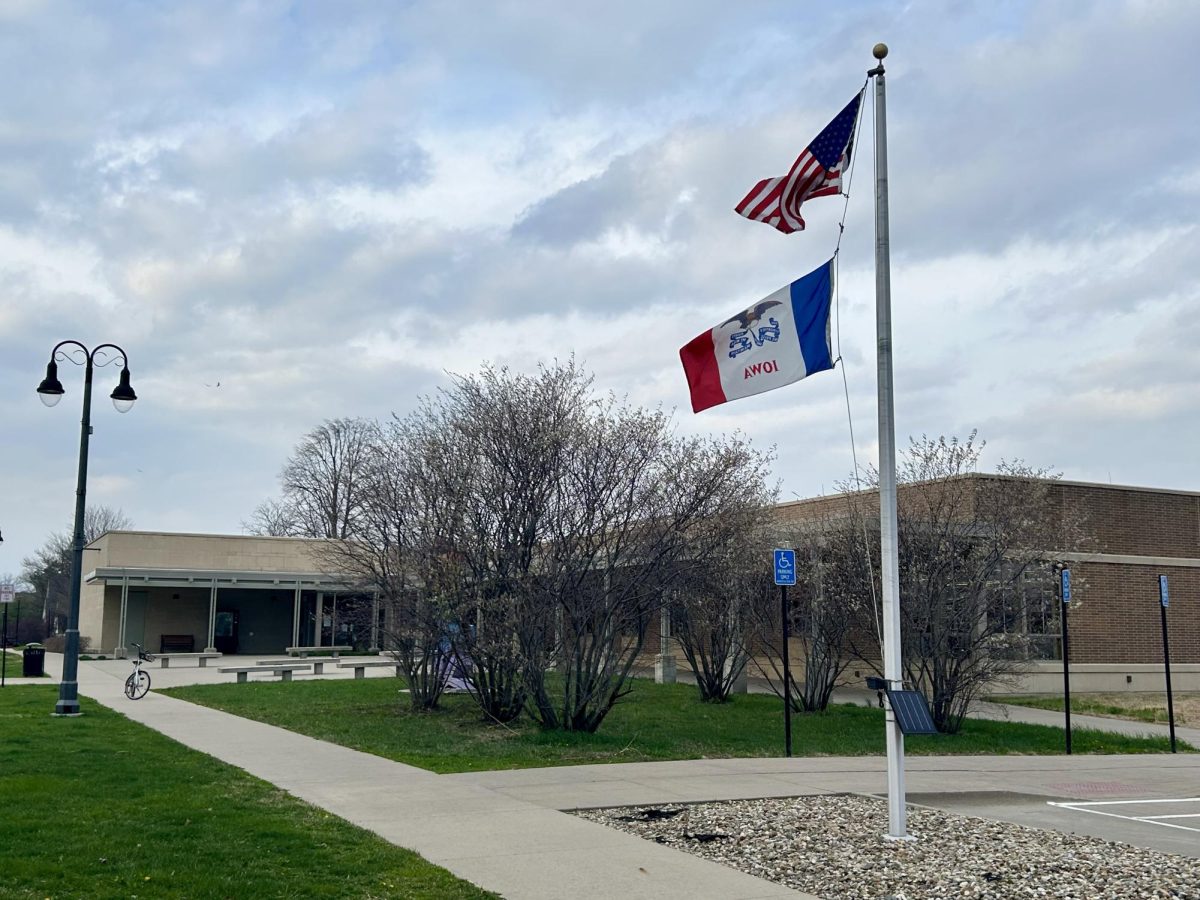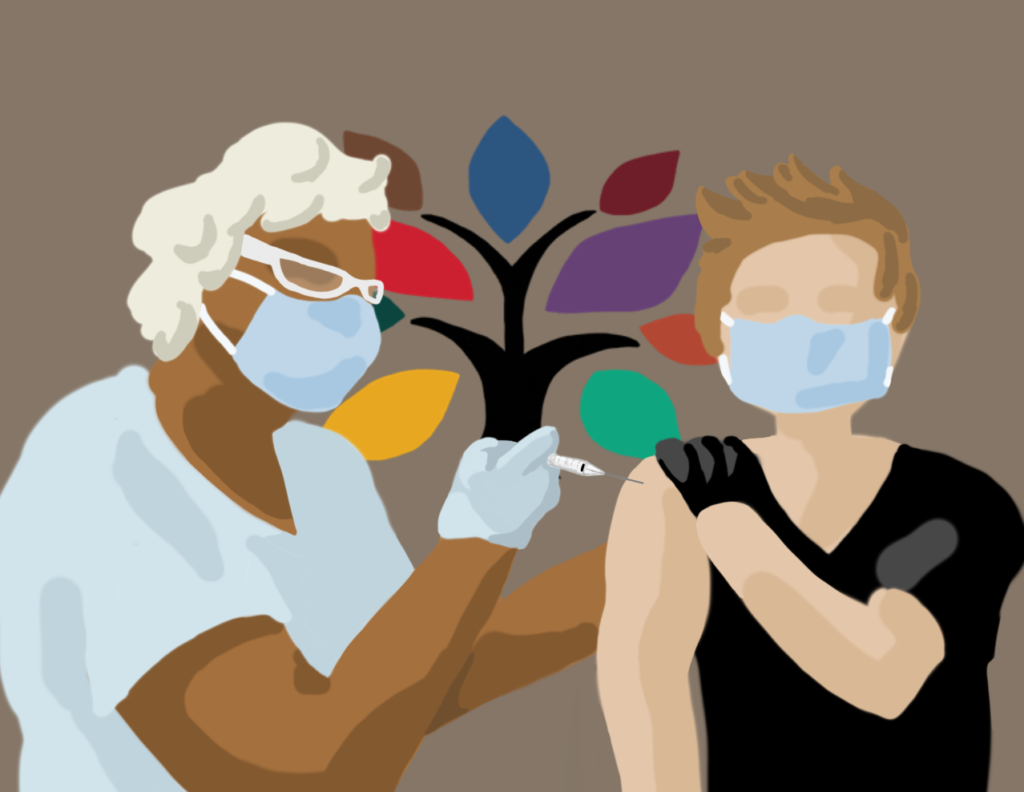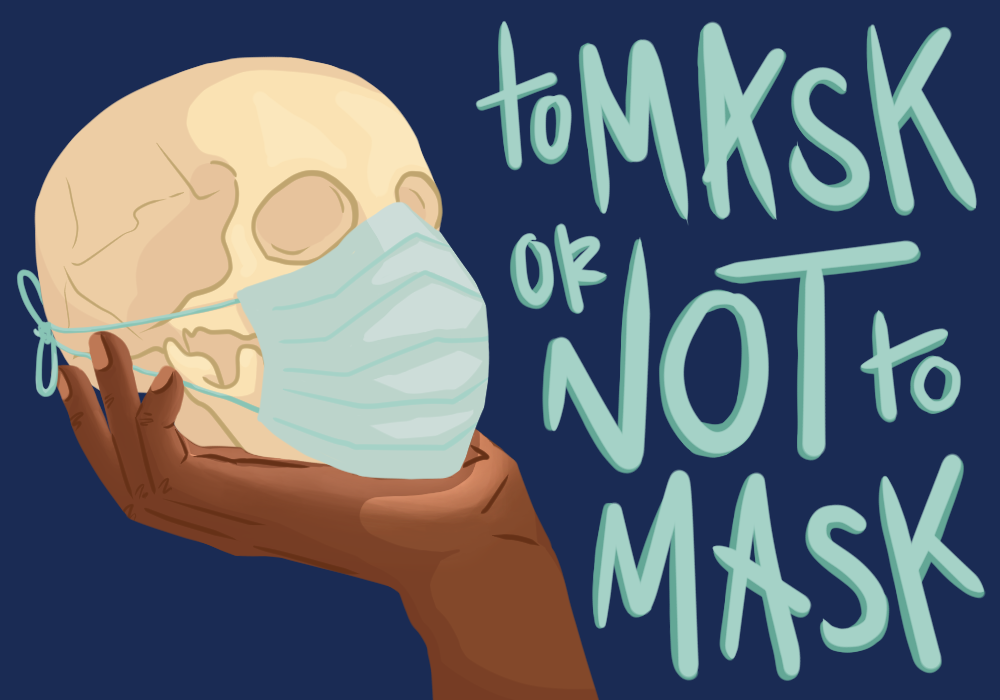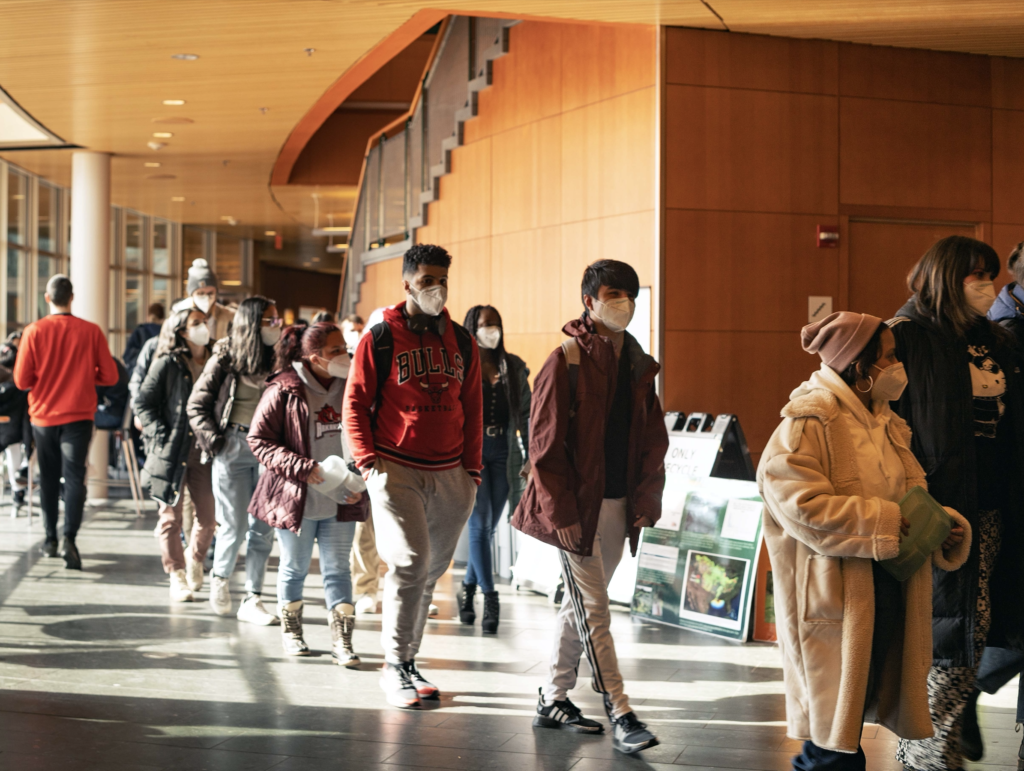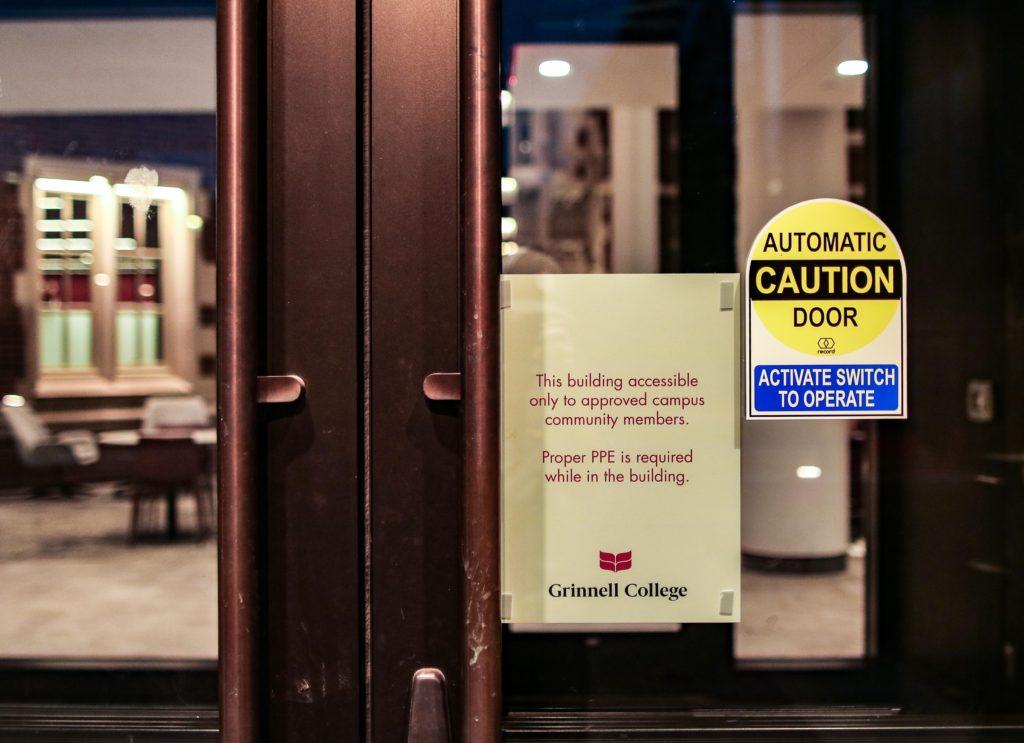Trick-or-treating will not look the same this year due to the COVID-19 pandemic still raging across Iowa. Grinnell’s Recreation Department recently released safety recommendations for this year’s Beggars’ Night, discouraging the use of communal candy bowls and encouraging residents to wear masks.
In Iowa, the fall tradition of costumed children going door to door and collecting treats is called Beggars’ Night, not Halloween. On Beggars’ Night, children must tell a joke to get candy in their bags. This regional tradition is usually celebrated on Oct. 30th, the day before Halloween. However, Grinnell has been celebrating Beggars’ Night on the day of Halloween for at least the last five years, according to Jordan Allsup, the director of the Grinnell Recreation Department.
This year’s trick-or-treating guidelines shifted Beggars’ Night from the usual 6:00 p.m. – 8:00 p.m. time slot to 5:00 p.m. – 7:00 p.m. Allsup, who wrote these guidelines, thinks that the added daylight will allow residents to be more conscious of their personal space.
Allsup stated that the earlier start time will be beneficial for trick-or-treating in general, as Halloween often presents safety issues with children out at night and crossing streets in the dark.
Allsup wrote the new guidelines alongside Grinnell’s chief of police, Dennis Reilly, with some input from other city hall staff members. After looking at the Halloween recommendations from the CDC and Iowa Department of Public Health, they decided to discourage traditional door-to-door trick-or-treating and offer suggestions in order to reduce the risk of COVID-19 transmission.
As Beggars’ Night is not truly a city event, Allsup says that as city staff, “We can say we discourage it, but people are still going to do it anyways, so we might as well have guidelines for the people that choose to do it, to do it safely.”
This year, trick-or-treaters are being asked to not only wear their Halloween masks, but also homemade or surgical masks that cover their mouth and nose. Hand sanitizer should also be used often. The guidelines recommend that families avoid busy streets so that they can remain six feet away from anyone who does not live in their household. Anyone who has COVID-19 symptoms, has tested positive with COVID-19 or who has been in contact with someone who has tested positive with COVID-19 should definitely stay home.
Much of the responsibility for how safe trick-or-treating will be this year falls on the individual houses that choose to distribute candy.
We can say we discourage it, but people are still going to do it anyways, so we might as well have guidelines for the people that choose to do it, to do it safely. – Jordan Allsup
City officials do not want the traditional Halloween setup, where children go up to front doors and are given candy from a communal candy bowl. Instead, the officials recommend that households either “gently toss” candy into the bags of trick-or-treaters from a distance, or that they “set up individual bags or cups [of candy] on a table in the yard or driveway, ready for contactless pick-up.” The guidelines also suggest that households could create a well-lit barrier, such as “a line of pumpkins or other decorations,” to maintain a six-foot distance from trick-or-treaters.
Local parent Virginia Smith told The S&B that while her children will not be trick-or-treating this year due to the pandemic, they will be helping distribute candy from a safe distance. As Smith’s mother is also in her household, she is trying to limit her family’s interaction with the public. Smith has chosen to have her two elementary-aged children do school from home, taking online classes through the public school system, with their grandmother’s help, a retired teacher.
This Halloween, inspired by the city’s guidelines, Smith will be setting up a table in the front yard with individual candy bags waiting for the trick-or-treaters, while her children, wearing their costumes, will be on the porch and able to interact with their friends from a distance. Smith is worried that not all households will be as careful as hers and follow the city’s recommendations when distributing candy this year.
When asked if there is a game plan if traditional un-masked trick-or-treating does occur, Allsup said that the city is, “banking on people taking responsibility for themselves.”
Allsup said that Grinnell residents have been receptive to other COVID-19 guidelines released by the Recreation Department. He gave the example that last summer the Recreation Department kept the Aquatic Center open through the pandemic and Grinnell families seemed very cognizant of the public health guidelines while visiting the center. Concerning Beggars’ Night this year, Allsup stated, “I trust the community to do the right thing.”
Still, for many parents living in Grinnell these precautions may not be enough to make trick-or-treating an option this year.
In an email to The S&B, Professor Timothy Dobe, religious studies, a Grinnell parent of two, wrote that his kids are most likely not going to go trick-or-treating this year. Instead they “might try to do something outside with a few friends who are following health guidelines carefully.”
The city’s recommendations remind trick-or-treaters to respect the fact that not all households will be participating this year; it’s more important than ever to skip houses that have left their porch lights off.

















































